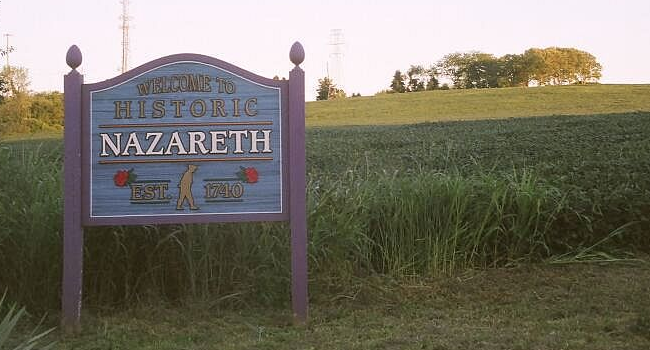The Northampton School Board met Monday, January 8, during which Superintendent Joseph S. Kovalchik and Business Administrator Craig Neiman provided a presentation on the 2024-2025 preliminary school board budget.
When discussing district revenue, Neiman identified that market value has grown astronomically throughout the district and is predicted to continue climbing. Assessment value has also grown and is what generates a large portion of the district’s tax revenue. For example, Allen Township has grown 252% since 1999 and East Allen has grown by 40%.
A large portion of this growth stems from recent industrial developments that provide over $9 million annually in real estate tax revenue and there are also recent housing developments that are planned throughout the district’s 98 square miles.
In November, the board passed a resolution to not increase taxes above the 6.6% Act 1 Index for the upcoming school year and over the last four years, the district only raised taxes once by an average increase of 0.38%.
Future tax increase recommendations are estimated to be in the range of 0 to 3%.
Currently, the district’s millage rate is 55.71 mills, which is the second lowest school district millage rate in Northampton County.
Other revenue highlights include an assumed increase in basic and special education funding, other subsidies from the state such as those for transportation, social security and pension at their assumed rates, flat funding for state gambling and Title programs and an end to the federal pandemic fund.
Total revenue for the budget is projected to be $129.1 million, which is a $2.8 million increase from the previous school year or 2.2%.
Some of the expenditure highlights from the budget will include increases in salary costs for seven new hires, medical plan costs, pension costs, charter school tuition, BAVTS enrollment/formula contribution, Northampton Cyber Academy enrollment and debt service, with approximately 97% of expenditures being non-discretionary and the largest portion of expenditures being salary and benefits.
The total cost of expenditures is projected to be $132.5 million, which is a $4.1 million increase from the previous school year or 3.2%.
Net revenue and expenditures reveal a $3.4 million deficit that the district will need to generate funds for, which could be done through an increase in taxes and utilization of the district’s unassigned fund balance, which stood at approximately $6,884,688 on June 30, 2023.
Based on the average 2023 Homestead assessment of $63,000, some of the options to raise taxes that were presented include the following: a 0.50% increase would increase the millage by 0.28, generate $361,815 in revenue and require $3,075,462 in additional fund balance use, which would be an average annual tax bill increase of $17.55; a 0.75% increase would increase the millage by 0.42, generate $543,628 in revenue and require $2,893,650 in additional fund balance use, which would be an average annual tax bill increase of $26.37; a 1.00% increase would increase the millage by 0.56, generate $725,895 in revenue and require $2,711,383 in additional fund balance use, which would be an average annual tax bill increase of $35.21; a 1.25% increase would increase the millage by 0.70, generate $908,617 in revenue and require $2,528,661 in additional fund balance use, which would be an average annual tax bill increase of $44.07; and a 1.50% increase would increase the millage by 0.84, generate $1,091,796 in revenue and require $2,345,482 in additional fund balance use, which would be an average annual tax bill increase of $52.95.
Neiman noted that the district’s upcoming capital improvements will total $7.5 million, which will also require consideration and planning by the board in order to be able to cover those costs.
The next steps of the budget will be for the administration to monitor state budget discussions, continue to analyze and prioritize expenditures, monitor enrollment and staffing requirements, and update the budget based on new developments, which will be provided in an updated presentation during the April 8 school board meeting. Then, the board could vote on the proposed final budget in May or June at the latest.
More information on the 2024-2025 preliminary budget presentation can be found on the district’s website and the next Northampton School Board meeting will be held on Monday, February 12 at 6:30 p.m.








